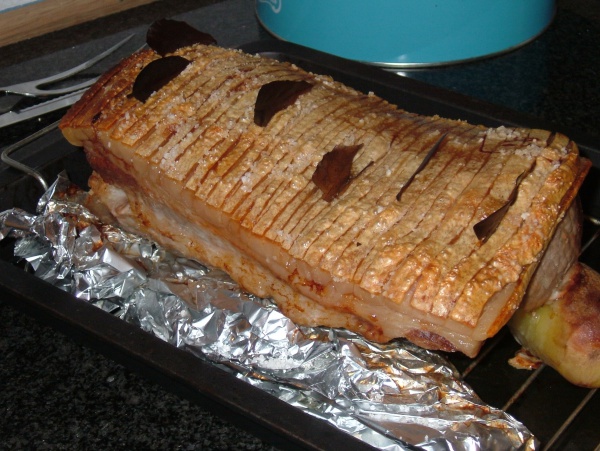Facts About Flæskesteg
Flæskesteg, Denmark's interpretation of roast pork, is a cherished dish, particularly revered during Christmas dinners on December 24th. This traditional meal, distinguished by its crispy crackling, has been a cornerstone in Danish households since the 1860s when wood-fired ovens became prevalent. During this era, in conjunction with sausages and hams, roast pork surged in popularity.
The classic preparation of flæskesteg entails roasting a pork joint with the rind intact, seasoned meticulously with salt, pepper, bay leaves, and cloves. Typically, it is accompanied by boiled potatoes, caramelized potatoes, and red cabbage, creating a hearty and festive feast.
However, flæskesteg is not reserved solely for Christmas. It can also be savored as an open-faced sandwich, or smørrebrød, featuring slices of roast pork, red cabbage, and crispy crackling atop dark Danish rye bread. For a quick snack, many Danish hot dog stands and fast-food outlets offer hot flæskesteg sandwiches.
This dish transcends mere sustenance; it is a treasured element of Danish culture, handed down through generations, celebrated for its rich flavors and traditional cooking techniques.

 Germany
Germany